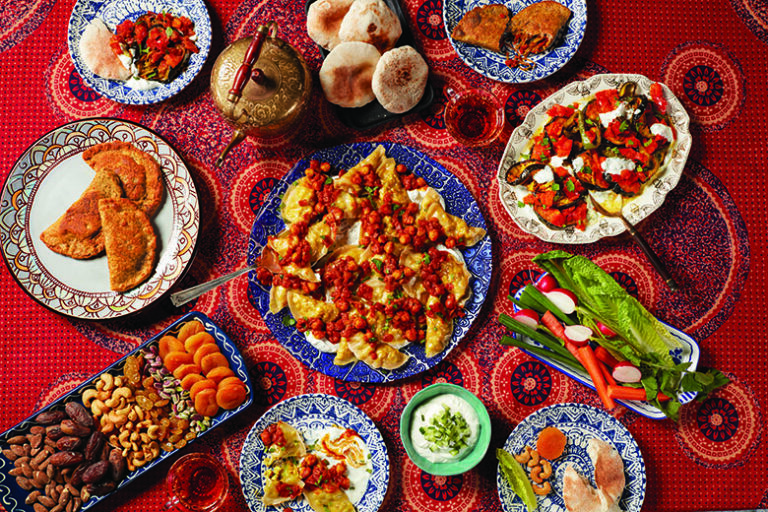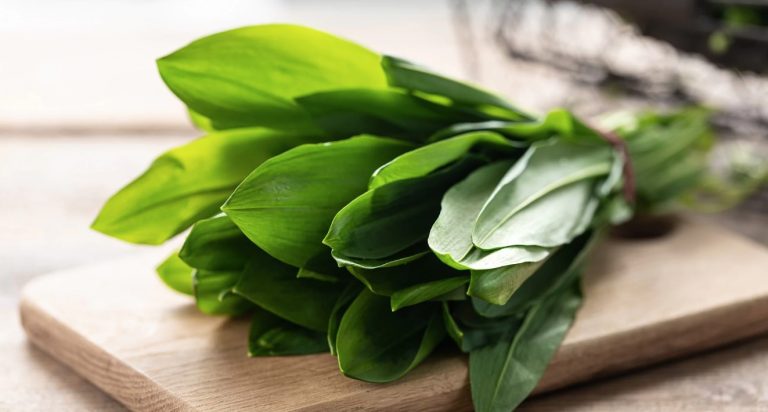Discovering Afghan Cuisine
Afghan cuisine is a blend of various cultures, influenced by its location along the ancient Silk Road. It combines elements from Middle Eastern, South Asian, and Central Asian cuisines to create a unique culinary tradition. The food is known for its bold flavors, fragrant spices, and generous use of meat and rice. Afghan cuisine is a must-try for foodies who love exploring new tastes and flavors.
A Brief History of Afghan Food
Afghanistan’s cuisine has been shaped by its geography, with its rugged terrain and harsh climate, which made it difficult to grow crops. The country has a long history of trade and invasions, which has brought various cultural influences to its food. Afghan cuisine has been influenced by Persia, India, and the Middle East. The country’s traditional dishes have been passed down through generations, and they have become an integral part of Afghan culture.
Common Ingredients in Afghan Cooking
Afghan cuisine is characterized by the use of fragrant spices, such as saffron, cardamom, and cumin. Rice, lamb, and chicken are among the most common ingredients used in Afghan cooking. Other staple ingredients include lentils, chickpeas, yogurt, and herbs like cilantro and mint. Afghan cuisine also makes use of dried fruits, nuts, and seeds to add flavor and texture to dishes.
Mouthwatering Afghan Appetizers
Afghan cuisine offers a wide variety of appetizers, from savory meat-filled pies like samosas and bolani to refreshing yogurt dips like mast-o-khiar. Ashak, a dumpling filled with scallions and served with tomato sauce, is another popular Afghan appetizer. Other must-try Afghan appetizers include mantu, a steamed dumpling filled with ground beef, and kofta, a spiced meatball served with a tomato-based sauce.
Hearty Afghan Main Courses
Afghan mains are known for their generous portions and bold flavors. Qabili palau, the national dish of Afghanistan, is a hearty rice dish mixed with carrots, raisins, and lamb. Kebabs, made with marinated meat grilled over an open flame, are another popular Afghan main course. Other must-try Afghan mains include aushak, a dish of boiled dumplings filled with scallions and served with a tomato-based sauce, and korma, a creamy curry made with lamb or chicken.
Vegetarian Afghan Delights
Vegetarian options are also available in Afghan cuisine, with dishes like sabzi chalaw, a rice dish served with spinach and herbs, and qurooti, a cheese dish cooked with tomatoes and onions. Afghan cuisine also offers a variety of vegetarian stews, such as dal, made with lentils and spices, and shorwa, a vegetable and bean soup.
Sweet Endings: Afghan Desserts
Afghan desserts are a sweet way to end a meal. Sheer khurma, a pudding made with vermicelli noodles, milk, and dates, is a popular dessert in Afghanistan. Firnee, a creamy rice pudding, is another popular Afghan dessert. Baklava, a sweet pastry with layers of filo dough, nuts, and honey syrup, is also a must-try Afghan dessert.
Where to Savor Authentic Afghan Dishes
Afghan restaurants can be found in various cities across the world, but for an authentic experience, it’s best to visit Afghanistan itself. Kabul, the capital city, has a wide variety of restaurants serving traditional Afghan cuisine. Other cities like Kandahar and Herat also offer a taste of Afghan cuisine. Afghan cuisine is also served at cultural festivals and events, offering visitors an opportunity to savor the country’s rich culinary tradition.




